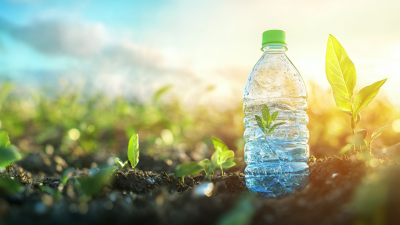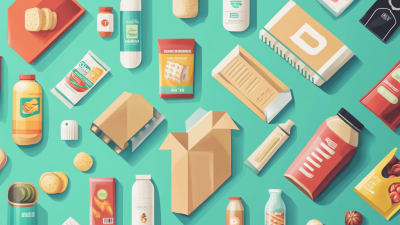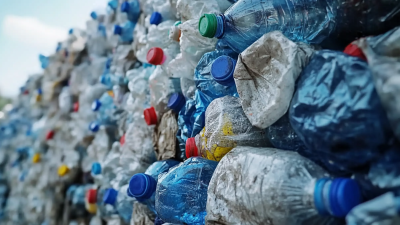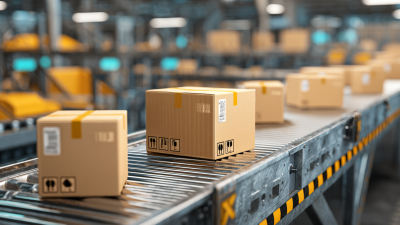Choosing the right bottles and containers is crucial for various purposes, whether you're looking to store beverages, pack lunches, or organize household items. With an abundance of options available in the market, it can be overwhelming to determine which bottles and containers best suit your specific needs. This guide aims to simplify that process by providing insights into the different materials, sizes, and designs that are available. From glass and plastic to stainless steel, each material offers unique advantages and potential drawbacks that can impact your decision. Additionally, understanding the intended use—be it for travel, storage, or aesthetics—can greatly influence your choice. We will explore key factors to consider, including durability, safety, and environmental impact, ensuring that you make an informed decision that aligns with your lifestyle and values. Whether you're a busy parent, a fitness enthusiast, or someone who values sustainability, this guide will help you navigate the myriad of options and select the perfect bottles and containers for your needs.
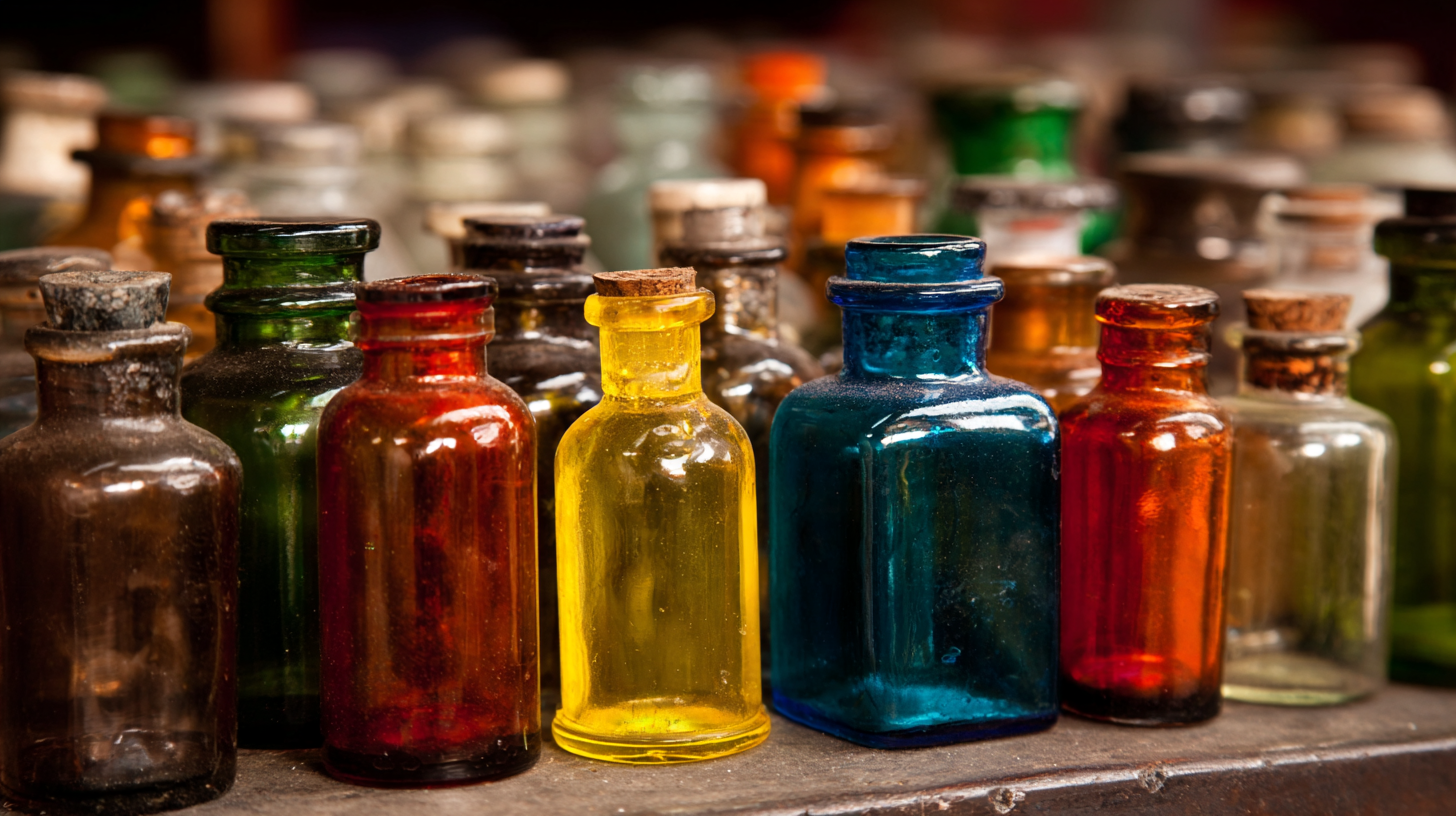
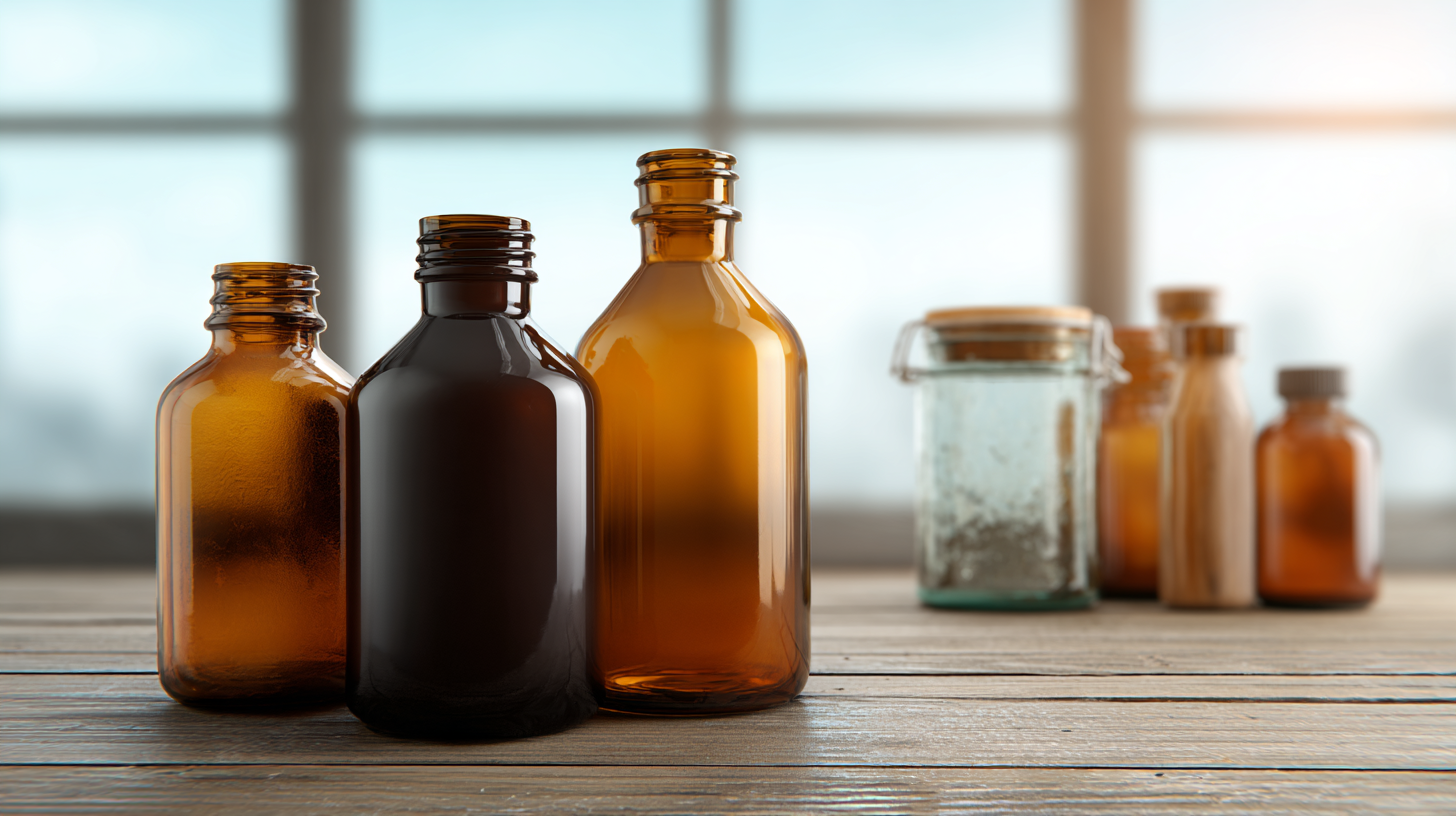 When choosing bottles and containers for various liquids, several factors are crucial to ensure safety, functionality, and compliance. One of the most significant considerations is the material of the container. For instance, according to a recent report by the Beverage Marketing Corporation, glass is preferred for its chemical inertness and ability to preserve flavor, but plastic is often chosen for its lightweight and shatter-resistant properties. Different liquids, such as acidic beverages or oils, may react differently with specific materials, making it essential to understand the compatibility.
When choosing bottles and containers for various liquids, several factors are crucial to ensure safety, functionality, and compliance. One of the most significant considerations is the material of the container. For instance, according to a recent report by the Beverage Marketing Corporation, glass is preferred for its chemical inertness and ability to preserve flavor, but plastic is often chosen for its lightweight and shatter-resistant properties. Different liquids, such as acidic beverages or oils, may react differently with specific materials, making it essential to understand the compatibility.
Tip: Always check for labels indicating whether the container is suitable for the liquid you intend to store. Food-grade materials should be prioritized for consumables.
Another critical factor is the container's design and closure mechanism. Research from the Journal of Food Science emphasizes that the right closure can prevent leakage and extend shelf life by maintaining product freshness. For carbonated beverages, for example, a well-sealed bottle is necessary to prevent loss of carbonation.
Tip: When selecting containers, consider ergonomic features that facilitate handling, especially for larger or bulk containers to enhance user convenience and safety.
When selecting the right bottles and containers, it's essential to consider the type of materials available. Glass, plastic, and stainless steel each have distinct advantages and disadvantages. According to a recent study by the Environmental Protection Agency, glass is 100% recyclable and doesn’t leach chemicals, making it an excellent choice for food storage. Moreover, glass retains the flavor and freshness of contents better than plastic. However, it's important to note that glass can break easily, which may not be ideal for all users.
Plastic containers are lightweight and versatile, often used for both food storage and transportation. However, the health risks associated with certain plastics have raised concerns. Research from the National Institute of Health indicates that some plastic materials can leach harmful chemicals like BPA into food and beverages. When choosing plastic options, look for BPA-free products and consider the recycling codes that indicate their safety and recyclability.
Stainless steel containers are another robust option, combining durability with aesthetic appeal. They do not rust or break and are often insulated to maintain temperature. A report from the World Health Organization highlights that stainless steel is resistant to microbial growth, making it a sanitary choice for food storage.
**Tips:** Always choose glass or stainless steel for long-term food storage to minimize health risks. When selecting plastic options, verify their safety standards and ensure they are marked as BPA-free. Consider the purpose of your containers; for travel or outdoor use, stainless steel may be the best bet, while glass is ideal for home use.
Choosing the right volume for bottles and containers is crucial in various industries, as it directly affects usability and efficiency. According to a report by Grand View Research, the global packaging market is expected to reach USD 1,100 billion by 2025, emphasizing the importance of selecting the correct size for different applications. For instance, understanding the specific capacity you require can greatly enhance the user experience and minimize waste, particularly in food and beverage sectors where precise measurements are vital.
When determining the right volume, consider the intended use. A study published in the Journal of Packaging Technology and Research highlights that containers with capacities ranging from 200ml to 1 liter are particularly popular for consumer products, offering versatility without compromising portability. Furthermore, choosing the correct size can optimize storage and transportation, leading to cost savings. For businesses, aligning container volume with market demands not only meets consumer expectations but also supports sustainable practices by reducing excess packaging materials.
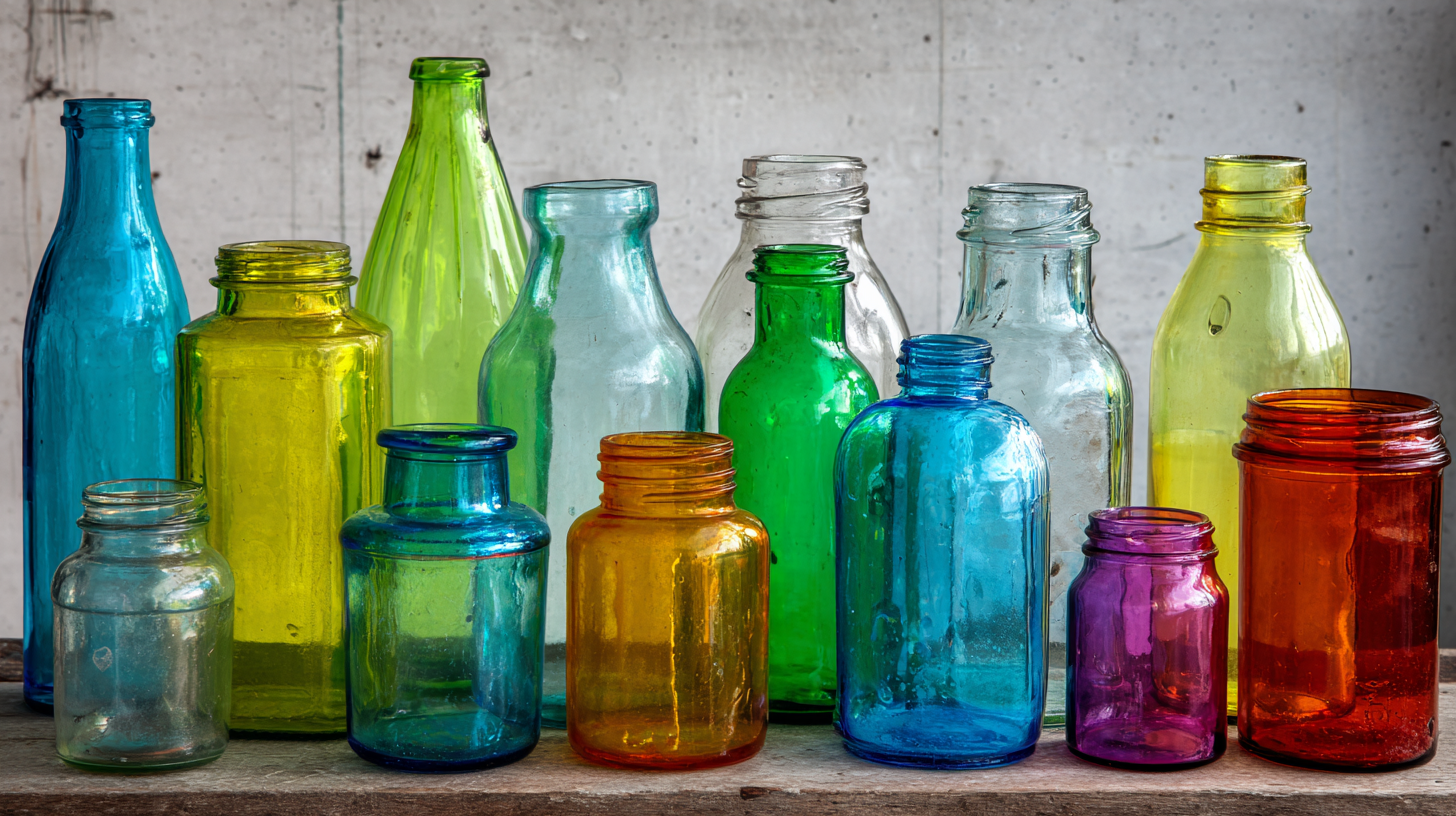
When selecting bottles and containers for food and beverage storage, it's crucial to understand the safety standards and regulations that govern these products. Various authorities, such as the Food and Drug Administration (FDA) in the United States and the European Food Safety Authority (EFSA) in Europe, have established guidelines to ensure that containers do not pose health risks. These standards primarily focus on the materials used in manufacturing, ensuring they are safe and non-toxic when in contact with food and beverages.
In addition to material safety, the regulations also address concerns like the potential for leaching harmful substances into contents, reflecting the importance of compliance in design and production. For instance, containers made from certain plastics may release chemicals when exposed to heat or acidic substances. Therefore, it's vital for consumers to choose containers that are labeled as food-safe, BPA-free, and approved by relevant health authorities. Through understanding these safety standards, individuals can make informed choices that promote both health and sustainability in their food storage practices.
| Container Type | Material | Safety Standard | Capacity (ml) | BPA Free | Recyclable |
|---|---|---|---|---|---|
| Plastic Bottle | PET | FDA, EU Regulations | 500 | Yes | Yes |
| Glass Jar | Glass | FDA, EU Regulations | 300 | N/A | Yes |
| Stainless Steel Bottle | Stainless Steel | FDA, ISO 22000 | 750 | Yes | Yes |
| Tetra Pak | Composite | FDA, ISO 9001 | 1000 | Yes | Yes |
| Aluminum Can | Aluminum | FDA, ASTM | 355 | Yes | Yes |
When selecting bottles and containers, the type of closure plays a crucial role in ensuring product freshness and extending shelf life. Different closure types, such as screw caps, corks, and snap-on lids, each offer distinct benefits and drawbacks. For instance, screw caps provide a tight seal that limits air exposure, making them ideal for preserving beverages and perishable goods. In contrast, cork closures allow for some breathability, which can be favorable for certain wines but may cause quicker spoilage in other products.
Furthermore, the material of the closure can significantly affect the quality of the contents inside. Plastic caps are lightweight and cost-effective, but they may not provide the same level of sealing as metal caps or glass stoppers. Conversely, glass closures tend to create a more secure seal, often seen in premium products that prioritize longevity. Understanding these factors is essential for consumers looking to maintain the integrity of their purchases, ensuring that each product stays fresh for as long as possible.
